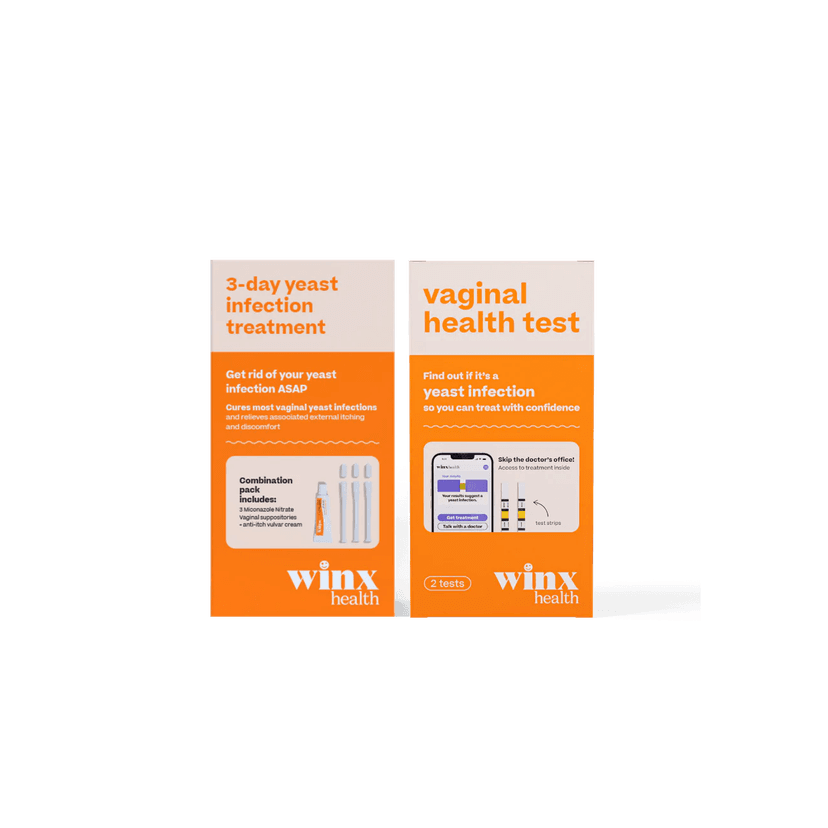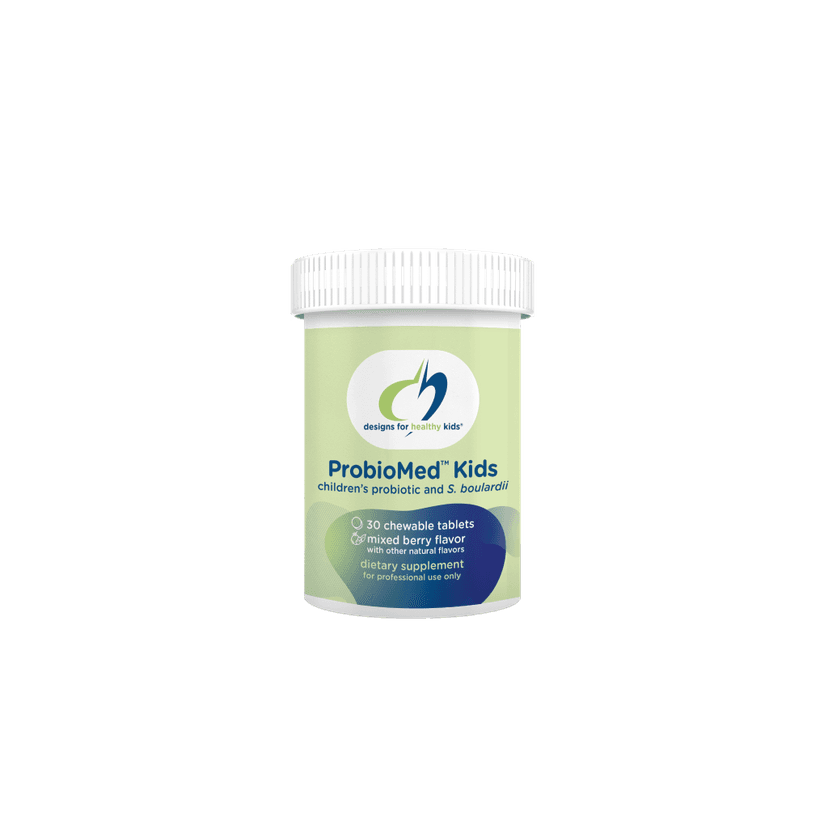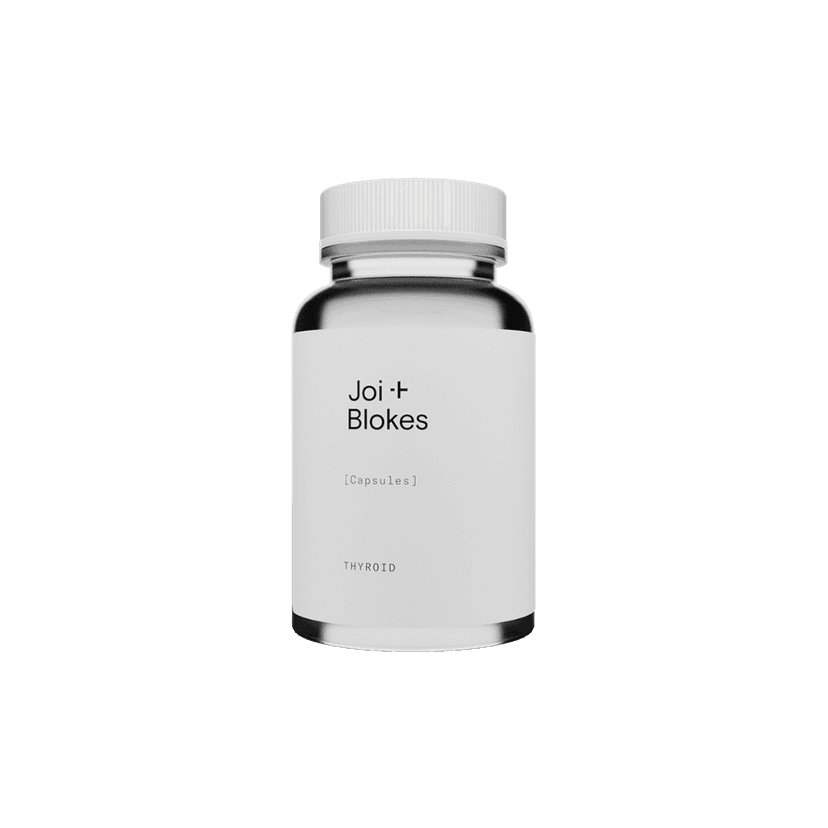Grip strength is more than just a measure of how strong your hands are. Recent studies show that it can tell us a lot about our overall health and how long we might live. Scientists have discovered that a strong grip can predict many health outcomes, including our chances of getting certain diseases and how well we might recover from them. This article explores the fascinating connection between grip strength and longevity, breaking down the science in a way that's easy to understand.
Key Takeaways
- Grip strength is a strong predictor of overall health and longevity.
- Studies show that people with better grip strength often live longer and have fewer chronic diseases.
- Grip strength can indicate your nutritional status and how well you might recover from illnesses or surgeries.
- Improving your grip strength through exercise and good nutrition can lead to better health outcomes.
- Public health programs can help people improve their grip strength, which could enhance community health.
The Role of Grip Strength in Predicting Longevity
Historical Perspective on Grip Strength Studies
Hand grip strength has long been a simple yet crucial measure of physical fitness. Early studies used it to gauge the nutritional status of elderly men and women. This measure helped predict their ability to survive illnesses or surgeries. Grip strength was a key indicator of overall health and vitality.
Current Research and Findings
Recent studies have shown that weak grip strength is linked to faster aging and a higher risk of chronic diseases. One large analysis of over half a million people found that those with lower grip strength had an increased risk of premature death, cardiovascular diseases, respiratory issues, and various forms of cancer. This makes grip strength a valuable predictor of longevity.
Implications for Public Health
Given its strong link to overall health, grip strength can be a useful tool for public health initiatives. By focusing on improving grip strength, communities can work towards better health outcomes. This could involve community programs, policy changes, and further research to understand how best to enhance grip strength across different age groups.
Biological Mechanisms Linking Grip Strength to Health
Muscle Function and Overall Strength
Grip strength is more than just a measure of how strong your hands are. It reflects the overall muscle function and strength of your body. When your grip is strong, it often means that other muscles in your body are also strong and healthy. This is important because strong muscles help you move better, stay active, and avoid injuries.
Epigenetic Factors
Scientists believe that epigenetics might play a role in the connection between grip strength and health. Epigenetics is the study of how your behaviors and environment can cause changes that affect the way your genes work. These changes can influence your health and how you age. A strong grip might be a sign that your body is aging well at the genetic level.
Nutritional Status and Recovery
In the past, researchers used grip strength to check the nutritional status of older adults. People who had a strong grip were usually well-nourished and could recover better from illnesses or surgeries. Good nutrition helps your muscles stay strong and heal quickly, which is why grip strength can tell us a lot about your overall health.
Grip Strength as a Biomarker of Aging
Definition and Importance
Grip strength is often referred to as a biomarker of aging. It reflects overall physical health and can indicate how well someone might age. Historically, grip strength was used to gauge nutritional status in older adults, which in turn predicted their ability to recover from illnesses or surgeries.
Predictive Value for Various Age Groups
Research shows that weak grip strength is linked to faster aging and a higher risk of chronic diseases. This connection is seen across different age groups, making grip strength a valuable tool for predicting health outcomes. Those with stronger grips tend to lead healthier lives and have fewer chronic conditions.
Comparisons with Other Biomarkers
Compared to other biomarkers, grip strength is easy to measure and provides immediate results. While other tests might require complex procedures, a simple grip strength test can offer insights into a person's overall health. This makes it a practical choice for both clinical settings and everyday health assessments.
Grip strength not only reflects current health but also serves as a warning sign for future health issues. Monitoring it can help in early detection and prevention of potential problems.
Grip Strength and Chronic Diseases
Cardiovascular Health
Grip strength has been linked to cardiovascular health. Weaker grip strength may indicate a higher risk of heart disease. Studies show that individuals with stronger grip strength tend to have better heart health, including lower blood pressure and healthier cholesterol levels.
Respiratory Function
Grip strength also correlates with respiratory function. People with stronger grip strength often have better lung capacity and function. This is particularly important for older adults, as maintaining good respiratory health can improve overall quality of life.
Cancer Risk
Research suggests that grip strength may be a predictor of cancer risk. Lower grip strength has been associated with a higher likelihood of developing certain types of cancer. This makes grip strength a valuable tool for early detection and prevention strategies.
Monitoring grip strength can provide insights into overall health and help in the early detection of chronic diseases.
Improving Grip Strength for Better Health Outcomes
Exercise and Training Methods
Regular exercise and targeted grip-strengthening activities can help maintain and improve grip strength, enhancing your quality of life and well-being as you age. Monitoring your grip strength and taking steps to maintain or enhance it can lead to a longer, healthier, and more active life. Below are examples of exercises that can help improve hand grip strength:
- Hand Grippers: Squeeze and release hand grippers to build strength.
- Wrist Curls: Use light weights to curl your wrists up and down.
- Finger Extensions: Use rubber bands to stretch your fingers outward.
- Dead Hangs: Hang from a bar to improve overall grip endurance.
Diet and Nutrition
A balanced diet rich in essential nutrients supports muscle function and recovery, which is crucial for maintaining grip strength. Protein intake is particularly important for muscle repair and growth. Consider incorporating the following into your diet:
- Lean Proteins: Chicken, fish, beans, and legumes.
- Healthy Fats: Avocados, nuts, and olive oil.
- Vitamins and Minerals: Fruits, vegetables, and whole grains.
Monitoring and Assessment Tools
Monitoring your grip strength can help you track progress and identify areas needing improvement. Various tools and methods can be used for this purpose:
- Dynamometers: Measure grip strength accurately.
- Grip Strength Apps: Use smartphone apps to track your progress.
- Regular Assessments: Schedule periodic evaluations to monitor changes over time.
Maintaining a strong, healthy hand grip is associated with longevity and preserved physical functionality throughout life. Taking proactive steps to improve your grip strength can lead to better health outcomes and a higher quality of life.
Grip Strength in Daily Life and Functional Ability
Impact on Daily Activities
Grip strength tends to weaken as we get older, which can make everyday tasks harder. Simple activities like opening jars, carrying groceries, and turning doorknobs become challenging if your hand strength is low. Stronger grip strength is linked to greater independence in older adults and a lower chance of developing chronic pain in the hands and forearms.
Prevention of Frailty and Injury
Good grip strength can help prevent frailty and injuries. It acts as a marker of overall muscle function and physical activity. People with better grip strength are less likely to suffer from falls and other injuries that can lead to disability. This makes it an important factor in maintaining a healthy and active lifestyle as we age.
Quality of Life
Having a strong grip can significantly improve your quality of life. It allows you to perform daily tasks more easily and reduces the risk of pain and discomfort. This, in turn, can lead to a more active and fulfilling life. A strong grip is not just about physical health; it also contributes to mental well-being by enabling greater independence and confidence.
Maintaining good grip strength is essential for a high quality of life, especially as we age. It helps us stay independent and active, reducing the risk of injuries and chronic pain.
Public Health Strategies to Enhance Grip Strength
Community Programs and Initiatives
Community programs can play a vital role in promoting grip strength. Local gyms, senior centers, and community health organizations can offer classes focused on strength training and grip exercises. These programs can help people of all ages maintain and improve their grip strength.
Policy Recommendations
Governments and health organizations should consider policies that encourage physical activity. This can include funding for public parks, fitness centers, and community exercise programs. Schools can also integrate grip-strengthening activities into their physical education curriculum.
Future Research Directions
Ongoing research is essential to understand the best methods for improving grip strength. Future studies should focus on the long-term benefits of grip-strengthening exercises and how they can be integrated into daily routines. Researchers should also explore the relationship between grip strength and other health markers.
Regular exercise and targeted grip-strengthening activities can help maintain and improve grip strength, enhancing your quality of life and well-being as you age.
Conclusion
In summary, grip strength is more than just a measure of how strong your hands are. It is a simple yet powerful indicator of overall health and longevity. Studies have shown that people with stronger grips tend to live longer and have a lower risk of various diseases. This connection might be due to the fact that grip strength reflects overall muscle health, which is important for many bodily functions. So, maintaining or improving your grip strength through regular exercise could be a key factor in living a longer, healthier life.
Frequently Asked Questions
What is grip strength?
Grip strength is how strong your hand muscles are when you squeeze something. It shows how strong your whole body is.
Why is grip strength a sign of how long someone might live?
Studies show that people with stronger grips often live longer. This is because grip strength is linked to overall health and the body's ability to recover from illnesses.
How can I improve my grip strength?
You can make your grip stronger by doing exercises like squeezing a stress ball, lifting weights, or using hand grippers.
Is grip strength important only for older people?
No, grip strength matters for everyone. It can predict health problems in young, middle-aged, and older people.
What health problems are linked to weak grip strength?
Weak grip strength is linked to heart problems, breathing issues, and even some types of cancer.
Can eating healthy foods help my grip strength?
Yes, eating a balanced diet with enough protein and vitamins can help your muscles stay strong, including those in your hands.
























